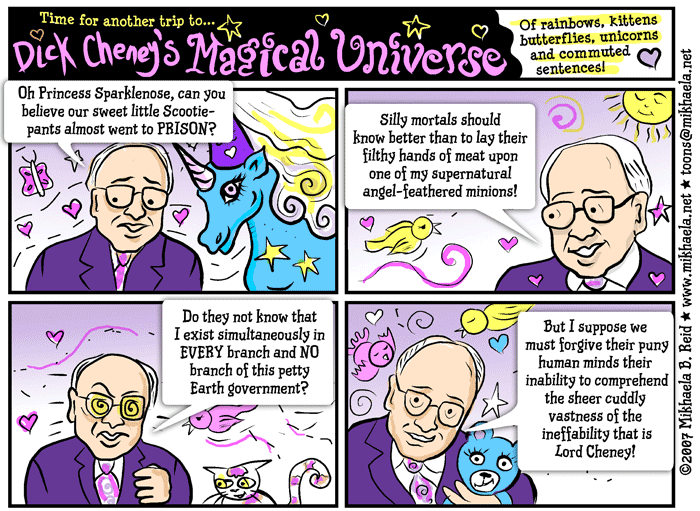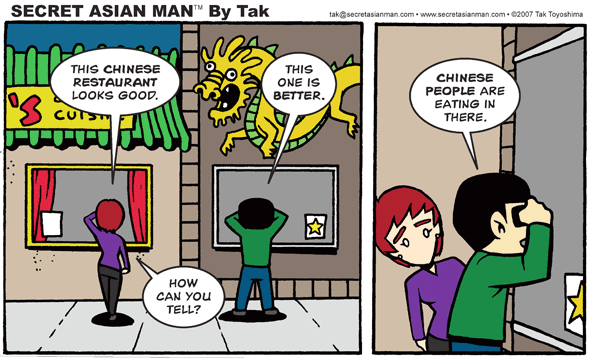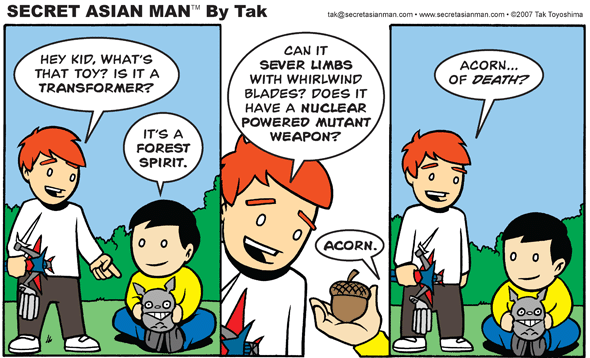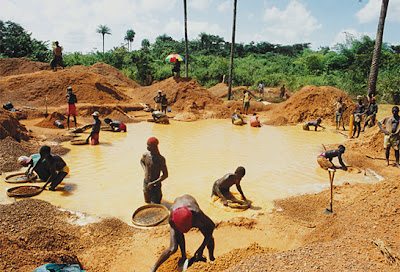Recently handbag designer Anya Hindmarch decided to jump on the environmental bandwagon by releasing a limited-edition canvas shopping bag emblazoned with the words "I’m not a plastic bag." Because of its exclusiveness, people lined up around supermarkets in cities all over the world just to get their hands on it. The bag was/is a definite hit and sold out in hours only to appear on eBay later on for a mark-up equaling hundreds of dollars. But this message of creating a buzz around a canvas bag that should help the environment is wrong.
The people that bought the bag won’t use it in place of plastic bags
Most people aware of this bag are most likely into trendy items and not interested about the environment. This bag is the "it" bag of the moment, so just because it’s made out of canvas and its claim is that it’s not a plastic bag doesn’t automatically make the person who buys it "green." A lot of the people that bought the bags wanted to resell them on eBay for hundreds of dollars anyway, not use them for grocery shopping. Most of the people that bought the bag probably don’t even shop for groceries themselves. They send their housekeepers or personal chefs who most likely won’t get the bag lent to them for that purpose.
The bag designer is all about consumerism, not environmentalism
Anya Hindmarch is a bag designer. Her job is to create bags and encourage people to buy as many of them as possible so she can make a living. Encouraging mass consumerism is not good for the environment. And even though she pretends that her "I’m not a plastic bag" bags are good for the environment, London’s Evening Standard recently uncovered the unflattering fact that Ms. Hindmarch’s bag was manufactured in China using non-organic and non-free-trade materials.
Have yet to see regular people using the bag for groceries
A quick trip to some Manhattan grocery stores didn’t uncover anyone actually using the bag for its so-called intention. The grocery baggers — as usual — still used plenty of plastic bags. They were double bagging and barely filling these bags full. There was not an "I’m not a plastic bag" in sight. There was, however, a non-trendy, ratty, old Hughes Market canvas bag and Sierra Club canvas bag that were in use by me. But since they have been in use every week for years, no one wanted to rip them off my shoulder and offer me $200.
The people that waited in line and bought the bag are hypocrites
Here in the U.S. the bag was sold at Whole Foods stores for a mere $15. The day was rainy. So after the lucky people who were at the front of the line got their precious canvas bag, it got wrapped up in a plastic bag to keep it dry. How ironic is that?
keeping the earth ever green
- Follow us on Twitter: @inthefray
- Comment on stories or like us on Facebook
- Subscribe to our free email newsletter
- Send us your writing, photography, or artwork
- Republish our Creative Commons-licensed content





